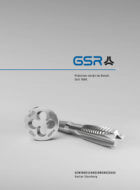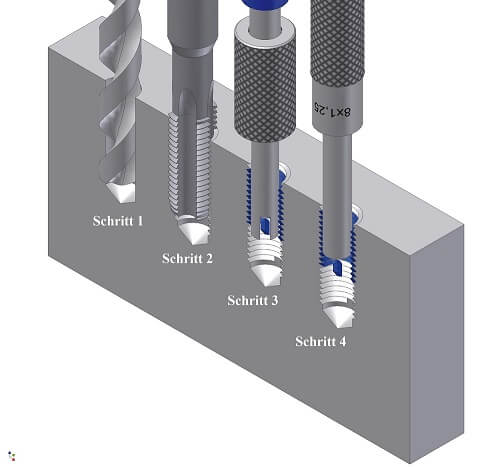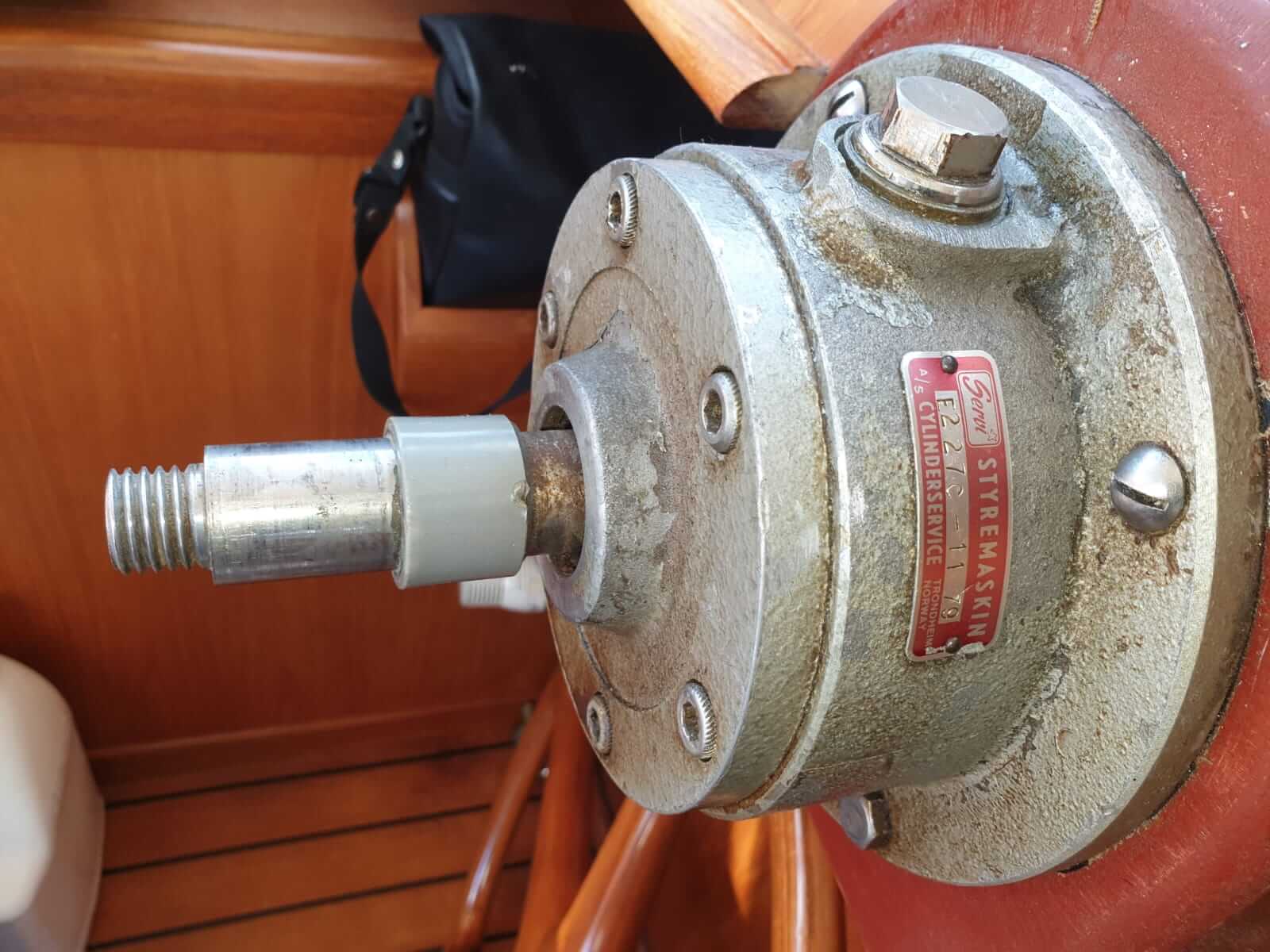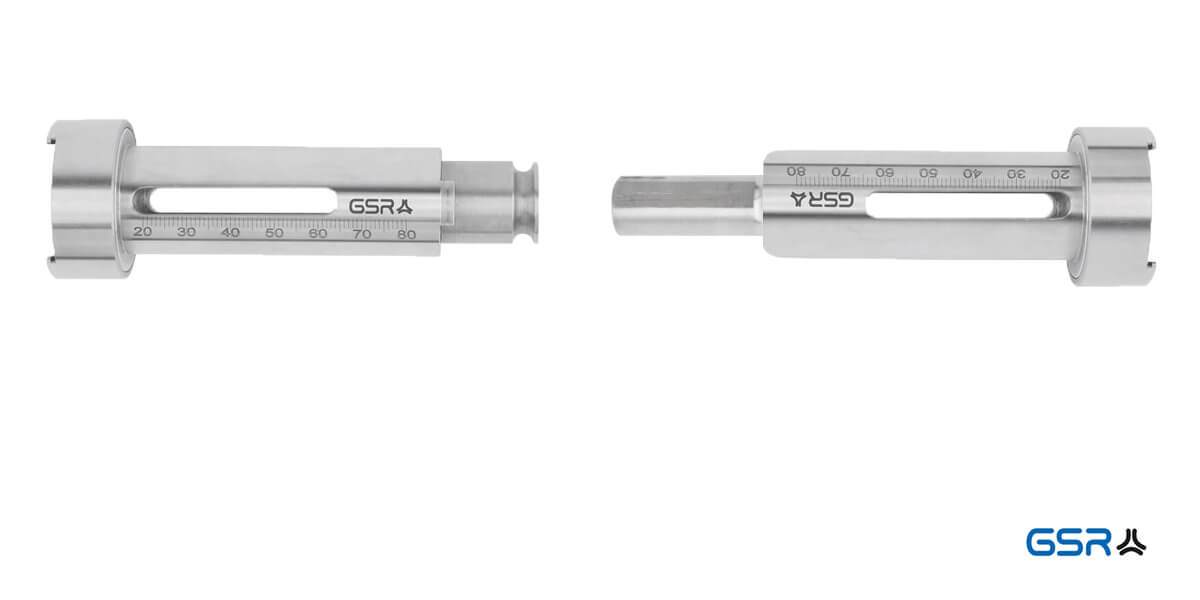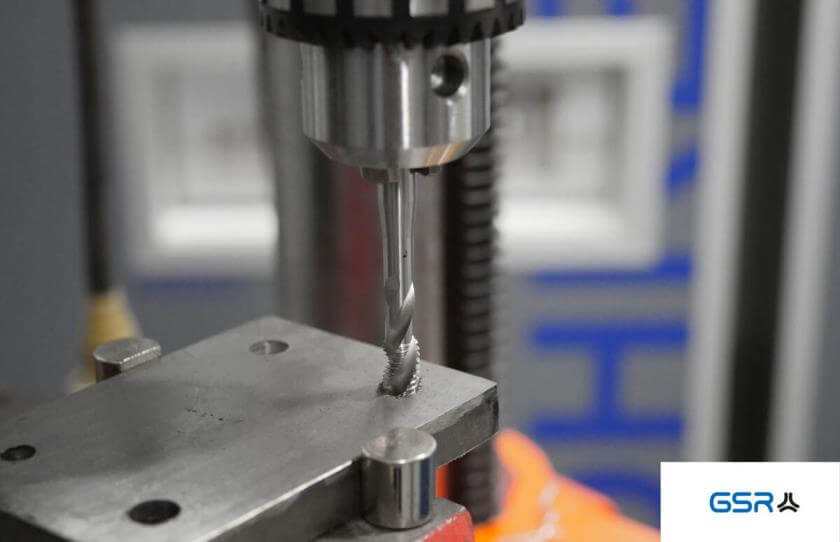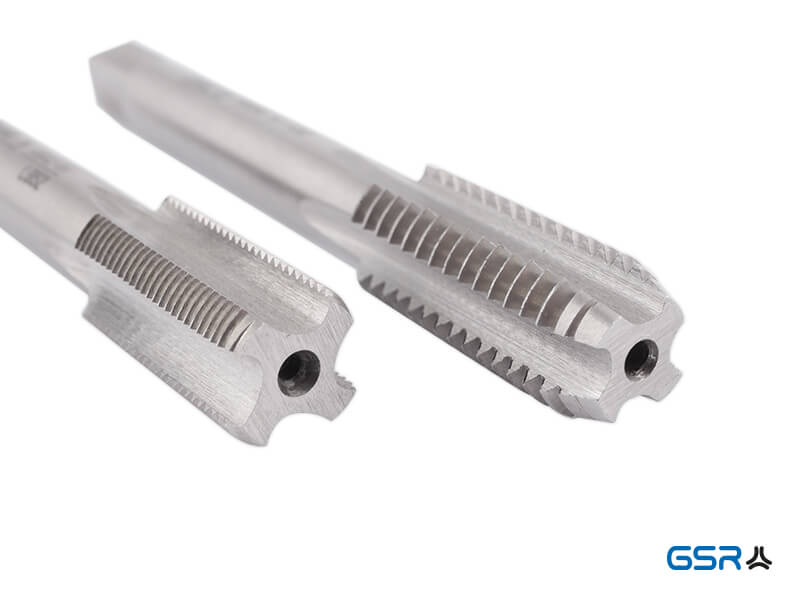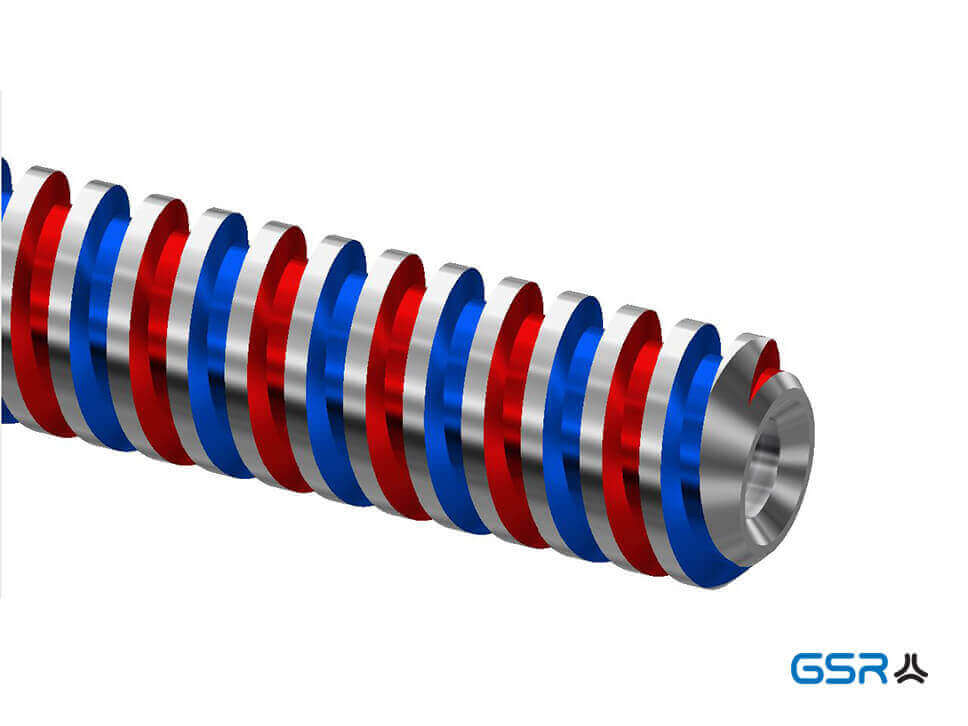Instruction for thread determination no.4 on a Land Rover engine block UNF ¼” 28 pitch
Welcome to another practical example of thread determination. In our fourth article on thread determination we will determine the thread of a Land Rover engine block.
We received a customer enquiry with the request for assistance. Enclosed you will find the step-by-step instructions with pictures of the customer. We are sure that there are some people out there who will benefit from this article. Let’s get started!

How do we determine a thread in the engine block?
As with every thread determination we need 2 specifications. First the diameter and second the pitch.
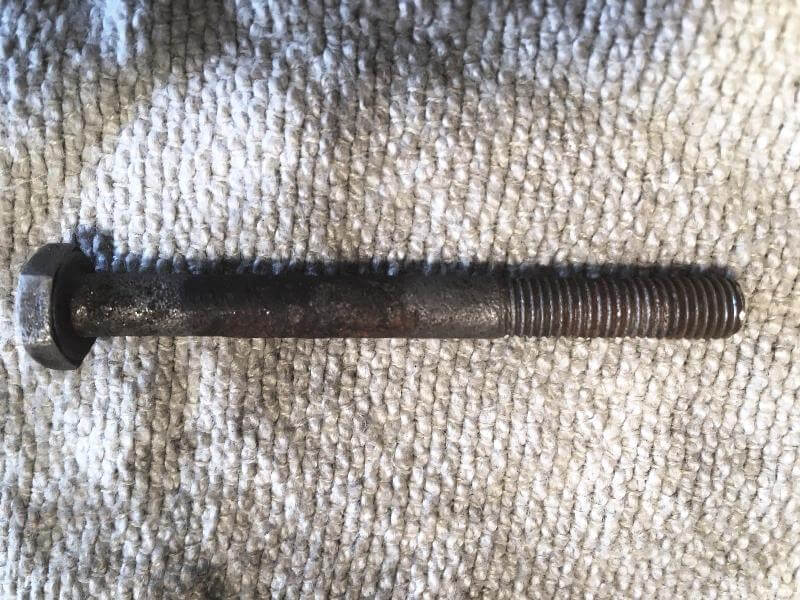
Tools for thread determination
Enclosed is a small list of the tools you need for thread determination:
1. calliper gauge or calliper for determining the thread diameter
2. thread template or thread gauge for determining the thread pitch
Of course, you should have the thread to be determined ready and our comparison table, in order to be able to differentiate between the values for imperial thread types.
You do not have the right tools to determine a thread? Click here for the sets
Here: to the free thread determination table
Excursus: On this page you will find our other contributions to thread determination.
https://threadingtoolsguide.com/en/blog/thread-determination-how-to-determine-a-thread/
1st step Thread diameter
Measure the thread with the caliper gauge as shown in the photo.

2nd step Thread pitch
Use the thread gauge to determine the pitch. To do this, place the sheets one by one until you find the one that fits. Ideally, the teeth should fit exactly on the threads without light shining through. If the teeth do not fit exactly, it is the wrong template!
In our example there are 28 threads/pitches.
Please have a look at the pictures.

Attention!
Make sure that there are different flank diameters. Once 55 degrees and once 60 degrees. We have explained the difference here:
3rd step Look up the values
For this engine block of a Land Rover the customer was able to determine the following values with our help.
Thread diameter: approx. 6.2 mm
Thread pitch: 28 G (pitch)
If we now look at our thread comparison table, we find the thread type UNF Unified National Fine 1/4″ with a diameter of approx. 6.35 mm and a pitch of 28 threads per inch.
Follow the link to purchase our thread determination sets.
https://www.gewindewerkzeuge.com/artikeluebersicht/gewindebestimmung.aspx
UNF-thread ANSI/ASME B1.1 with 60 degrees flank diameter
Enclosed please find once again all values of the UNF thread with the information about the diameter in inch, the outer diameter, the core hole diameter, the threads per inch as well as the pitch in mm.
| Thread type UNF |
Diameter Inch |
Outside diameter mm |
corehole diameter mm |
threads per inch |
pitch mm |
| #0 – 80 UNF | 0,060 | 1,524 | 1,25 | 80 | 0,317 |
| #1 – 72 UNF | 0,073 | 1,854 | 1,55 | 72 | 0,353 |
| #2 – 64 UNF | 0,086 | 2,184 | 1,90 | 64 | 0,397 |
| #3 – 56 UNF | 0,099 | 2,515 | 2,15 | 56 | 0,453 |
| #4 – 48 UNF | 0,112 | 2,845 | 2,40 | 48 | 0,529 |
| #5 – 44 UNF | 0,125 | 3,175 | 2,70 | 44 | 0,577 |
| #6 – 40 UNF | 0,138 | 3,505 | 2,95 | 40 | 0,635 |
| #8 – 36 UNF | 0,164 | 4,166 | 3,50 | 36 | 0,705 |
| #10 – 32 UNF | 0,190 | 4,826 | 4,10 | 32 | 0,794 |
| #12 – 28 UNF | 0,216 | 5,486 | 4,70 | 28 | 0,907 |
| 1/4″ – 28 UNF | 0,250 | 6,350 | 5,50 | 28 | 0,907 |
| 5/16″ – 24 UNF | 0,313 | 7,938 | 6,90 | 24 | 1,058 |
| 3/8″ – 24 UNF | 0,375 | 9,525 | 8,50 | 24 | 1,058 |
| 7/16″ – 20 UNF | 0,438 | 11,112 | 9,90 | 20 | 1,270 |
| 1/2″ – 20 UNF | 0,500 | 12,700 | 11,50 | 20 | 1,270 |
| 9/16″ – 18 UNF | 0,563 | 14,288 | 12,90 | 18 | 1,411 |
| 5/8″ – 18 UNF | 0,625 | 15,875 | 14,50 | 18 | 1,411 |
| 3/4″ – 16 UNF | 0,750 | 19,050 | 17,50 | 16 | 1,587 |
| 7/8″ – 14 UNF | 0,875 | 22,225 | 20,40 | 14 | 1,814 |
| 1″ – 12 UNF | 1,000 | 25,400 | 23,25 | 12 | 2,117 |
| 1 1/8″ – 12 UNF | 1,125 | 28,575 | 26,50 | 12 | 2,117 |
| 1 1/4″ – 12 UNF | 1,250 | 31,750 | 29,50 | 12 | 2,117 |
| 1 3/8″ – 12 UNF | 1,375 | 34,925 | 32,75 | 12 | 2,117 |
| 1 1/2″ – 12 UNF | 1,500 | 38,100 | 36,00 | 12 | 2,117 |
Many thanks to our customer, who provided us with his pictures for this article.





